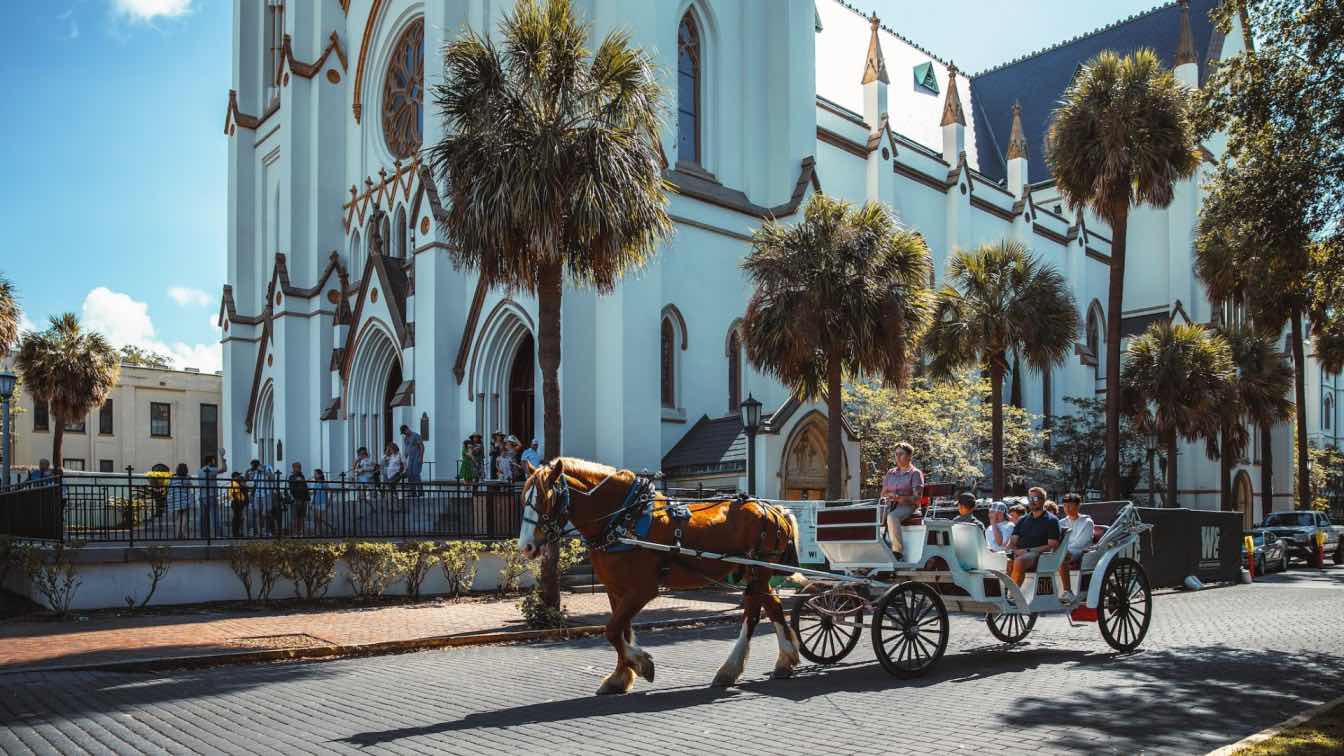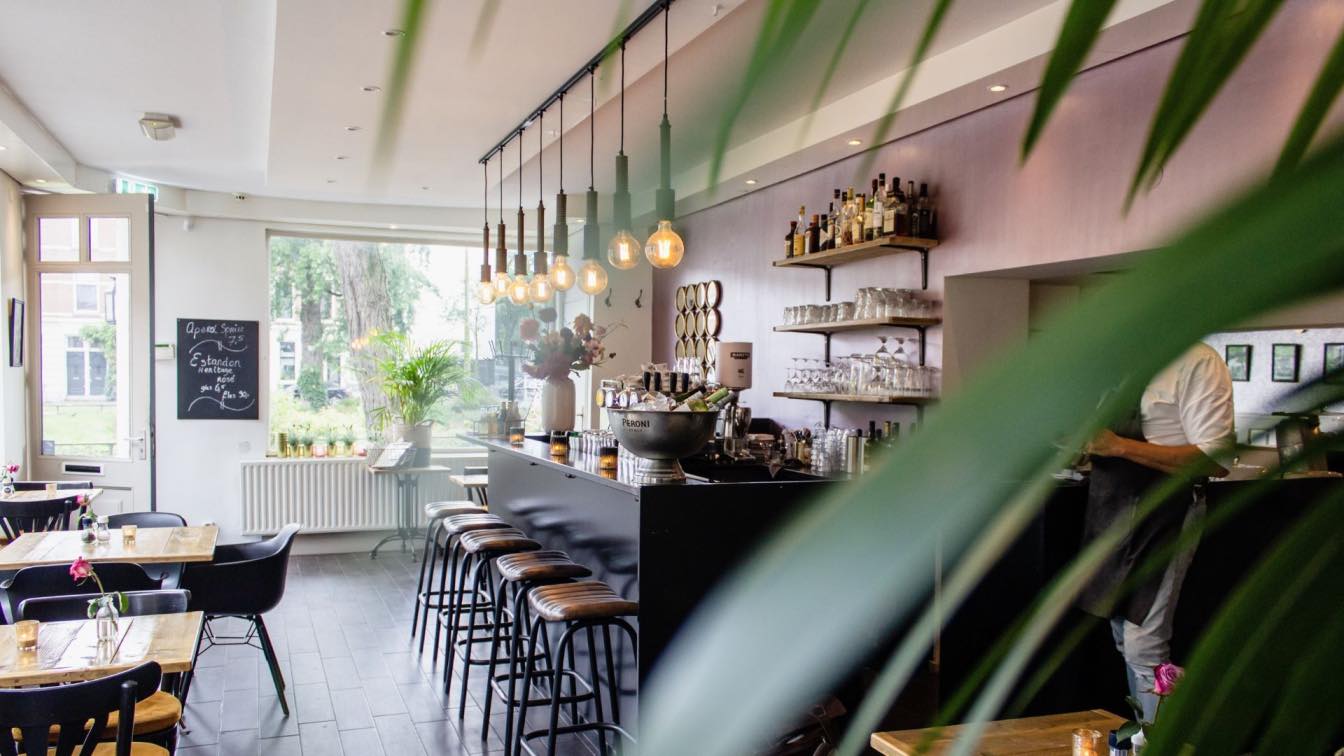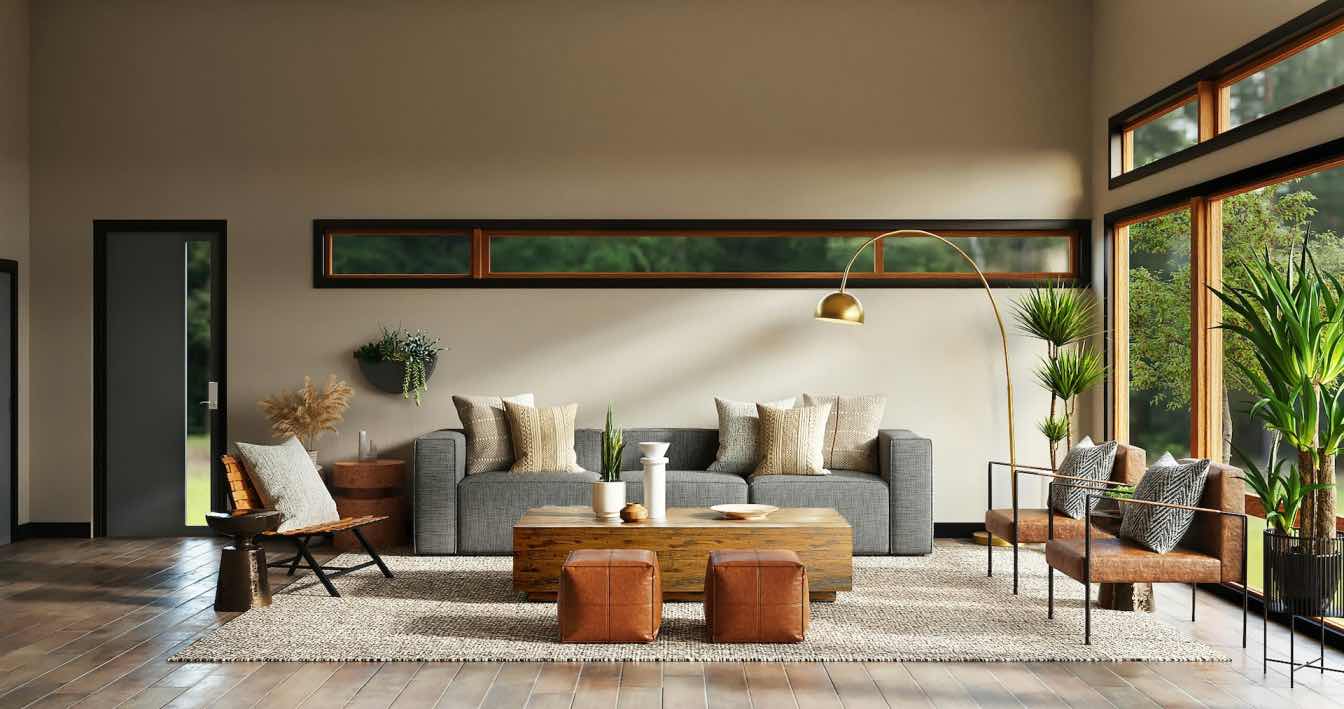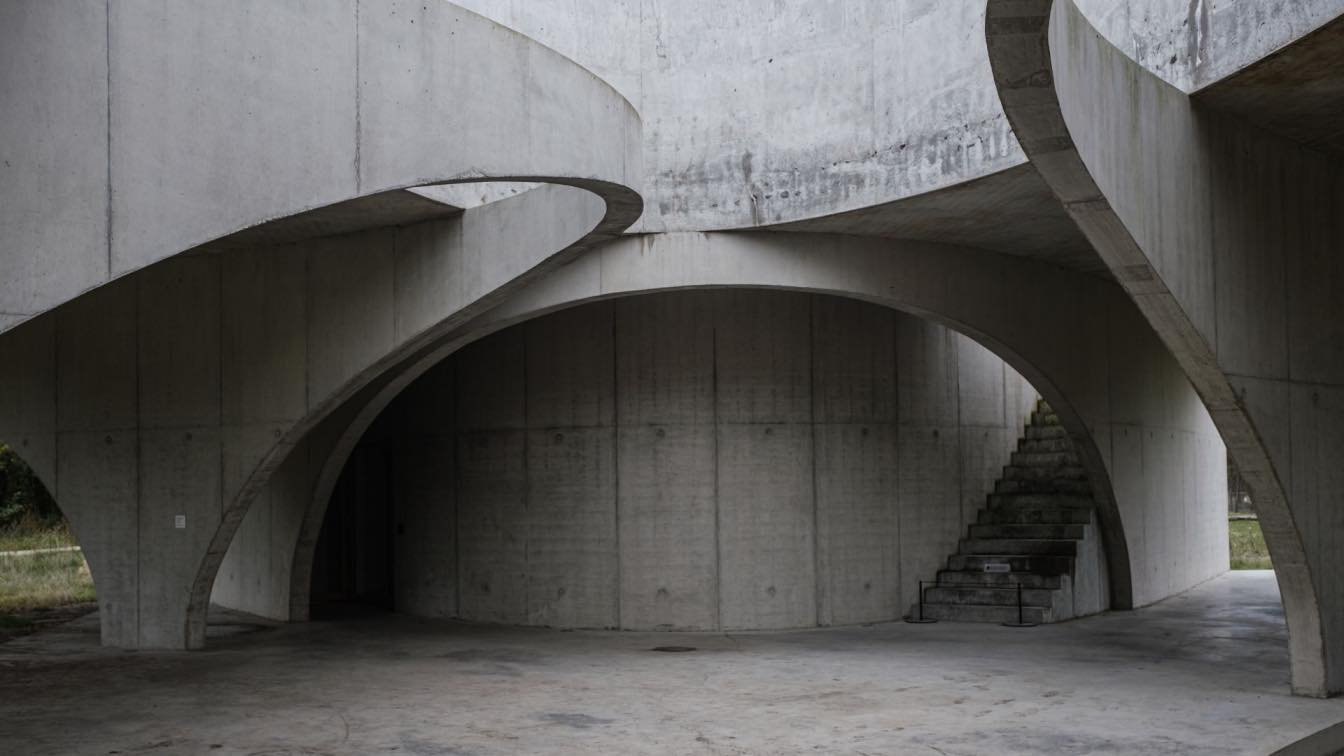The architecture of Colonial Georgia is a fascinating subject that takes us back to the time between the early 18th and mid-19th centuries. Various building designs marked this period, each reflecting the needs and artistic choices of the settlers in Georgia.
Early on, the homes were simple and sturdy, built for survival. As time passed, people opted for more elaborate structures like grand plantations. These buildings are more than just historical landmarks; they tell the story of the people who lived in Georgia during those times. Their resilience and creativity are evident in how they built their homes and communities.
This article explores these architectural wonders to understand the roots of Georgia's history and the people who laid its foundations. You can find gorgeous architecture in most neighborhoods of Atlanta, so keep an eye out when visiting!
The Birth of Colonial Architecture in Georgia
In the early 1700s, the architecture of Georgia was in its developing stages, attending to the settlers' urgent needs and limited resources. The structures from this era were predominantly wooden, using abundant natural resources. These early buildings were characterized by their simplicity and functionality, often being one-room cabins.
Notably, Savannah, founded in 1733, is a testament to some of the earliest examples of colonial architecture in Georgia, offering a glimpse into the humble beginnings of Georgian architectural history.
The Roots of Colonial Georgian Architecture
Colonial Georgian architecture, flourishing in the 18th century, was heavily influenced by the European styles of the time, particularly those of Great Britain. It was an era where architectural designs were not just about creating spaces but making statements of wealth, style, and cultural identity.
The key features of this style include balanced symmetry, precise proportions, and an emphasis on classical details like pediments, columns, and decorative moldings. This era also saw the introduction of the iconic Southern plantation homes, characterized by their grand and sprawling layouts, starkly contrasting to the earlier, more modest homes.
Influences and Evolution
Initially, settlers in Georgia imported architectural ideas directly from Europe, especially from Britain. This included large paneled doors, multi-paned sash windows, and brick or stucco exteriors.
As the colonists settled and adapted to their new environment, so did their architectural style. They began to incorporate local materials like Georgia pine and indigenous stone, which were more readily available and better suited to the local climate.
Distinguishing Features of Georgian Colonial Architecture
One of the most distinctive aspects of Georgian colonial architecture is its symmetry and proportion. Buildings from this period feature a balanced, rectangular layout, with a centered front door and evenly spaced windows.
Columns and pediments added a sense of grandness and formality to these structures. Inside, the homes often contained central passages and large, open fireplaces, essential for the architectural style and the heating needs.
Preservation and Legacy
In modern times, there has been a significant effort to preserve these historic structures. Many buildings from the colonial period in Georgia have been meticulously maintained or restored. These preservation efforts protect the physical buildings and help keep alive the stories and cultural heritage they represent.
Today, these architectural treasures attract tourists and history enthusiasts, allowing them to connect to Georgia's past.
The Impact of Colonial Georgia in Today’s World
The history of Colonial Georgia, especially its architecture, isn't just an element of the past. It influences the way people see Georgia today, especially in cities like Atlanta.
Whether drawn by its historical significance, thriving economic opportunities, or the blend of urban and traditional lifestyles, many find these reasons compelling for moving to Atlanta.
Key Takeaways
As we reach the end of our exploration into the fine architecture of Colonial Georgia, it's clear that these structures are more than mere relics of the past. They are living testaments to the resilience, creativity, and evolving identity of the people who called Georgia home during the 18th and 19th centuries.
The influence of European styles, particularly from Great Britain, gave rise to a unique architectural language that spoke of wealth, style, and a new cultural identity in the New World.
The symmetry, proportion, and classic details like columns and pediments in these structures showcase a broader historical narrative. They embody the aspirations and challenges of a young colony carving out its place in the world.





